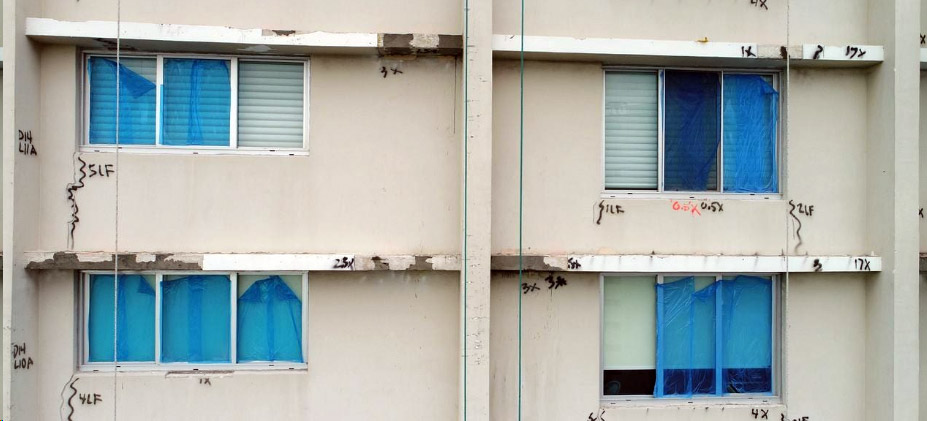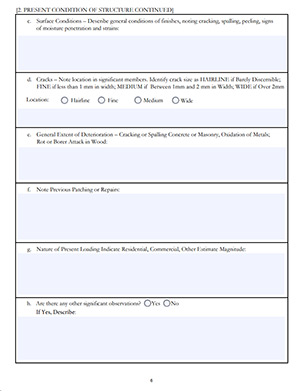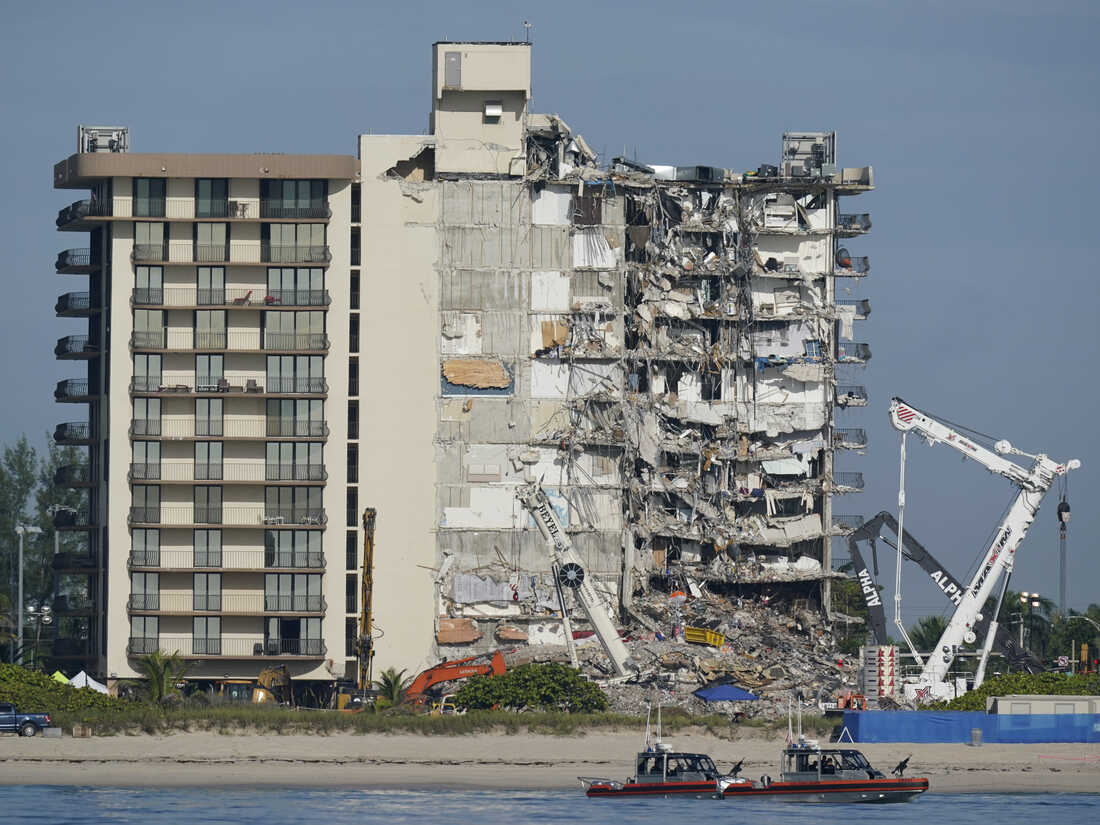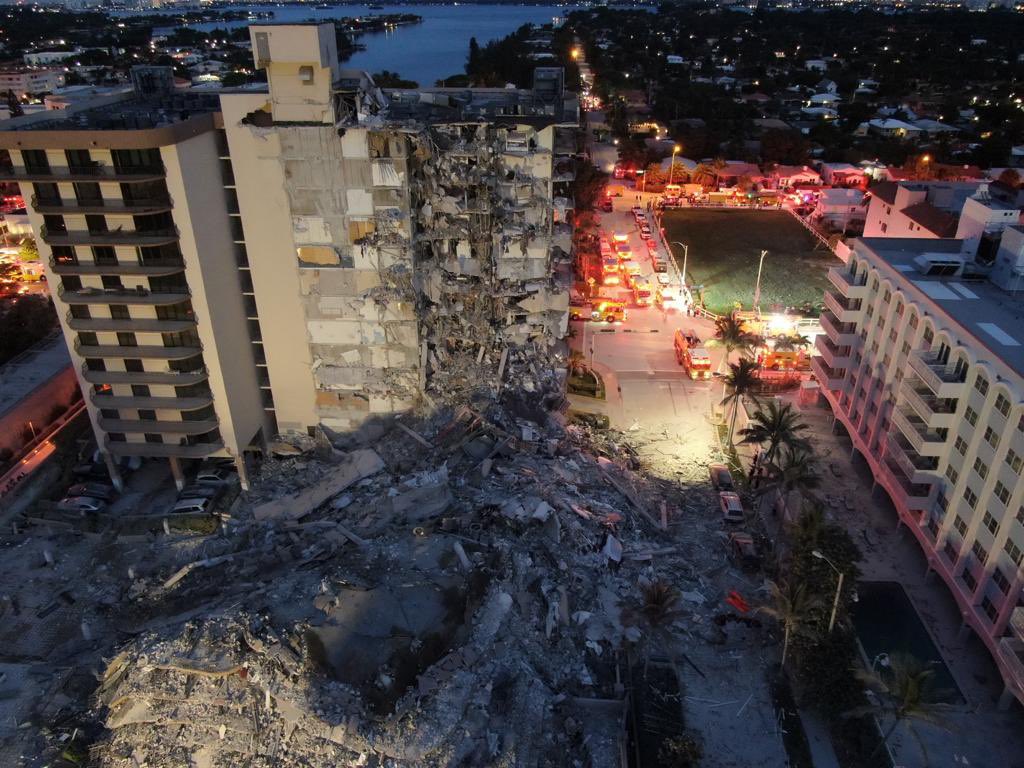
The Florida Board of Professional Engineers has recently introduced standardized templates for Milestone Inspection reports, marking a significant shift aimed at enhancing consistency, efficiency, and safety in our reporting processes. Understanding these changes is just as important for your teams as it is for ours at Building Mavens. That’s why we’ve developed this article – to serve as a guide and resource for all professionals conducting building inspections in Florida moving forward. What’s changed, and what do you need to know? Let’s discuss.
July 2025 Update: New legislation (HB 913) is in effect for SIRS and Milestone Inspections. Read about current SIRS law changes and Milestone Inspections changes in our latest articles.
The Shift to Standardized Reporting
Historically, Milestone Inspection reports varied significantly from one professional to another. Individual writing styles and subjective judgments often influenced the content and format of reports we have all been submitting over the years, leading to inconsistencies. This variability sometimes resulted in confusion, inefficiencies during the review process, and, in some cases, critical aspects of a structure being overlooked.
Recognizing the need for uniformity, the Florida Board of Professional Engineers developed standardized report forms for both Phase 1 and Phase 2 Milestone Inspections. These forms are designed to ensure that all critical aspects of a structure are thoroughly inspected and properly documented. With these new templates, we can enhance the overall quality and reliability of the reports we produce going forward.
The Importance and Value of This Change
If I were to sum up what this change means and the benefits it offers all parties involved, it would be in 4 key areas:
- Consistency: Ensuring all critical aspects of a structure are examined and reported uniformly.
- Efficiency: Streamlining reports facilitates quicker reviews by regulatory bodies, expediting compliance processes.
- Clarity: Standardizing forms reduces ambiguities, making it easier for stakeholders to understand the findings and required actions.
- Safety: Comprehensive and consistent reporting enhances the overall safety of buildings by ensuring no critical detail is overlooked.
Consistency across all reports is a big win for us all. It makes it easier for regulatory bodies and stakeholders to review and assess our findings efficiently. Uniform reporting reduces the possibility of misinterpretation and ensures all essential information is included.
Standardization enhances the potential speed and efficiency of the review process itself. With reports following the same structure, building officials can quickly locate and understand critical information, facilitating timely decision-making regarding building safety and necessary interventions.
Moreover, this change underscores our collective commitment to public safety. With these new standardized forms, we contribute to a truly systematic approach to reporting. We will be able to identify and address structural issues better and more clearly, thereby reducing risks associated with building deterioration. As residents of a state that has seen more than its fair share of engineering challenges, growing risks, and heart-breaking tragedy, these strong reporting standards couldn’t have come at a better time.
Who Are These New Milestone Inspections Forms For?
These standardized Milestone Inspection report forms are mandatory for all licensed engineers and architects performing such inspections in Florida. As professionals authorized to practice in the state, we must use these forms for all Milestone Inspections moving forward. That’s a good thing. The forms guide us through a clearer, more comprehensive evaluation process, ensuring compliance with the latest regulatory standards and reinforcing the thoroughness of our assessments.

Why Engineers and Architects Should Look Forward to Using The New Milestone Inspection Report Forms
Firstly, the new forms provide a comprehensive framework that can improve the thoroughness of our inspections. With a clear outline of required information, we are all collectively less likely to overlook critical details. This enhances the quality of our assessments and increases the confidence that clients and regulatory bodies place in our reports.
Secondly, the standardized format can lead to greater efficiency in our workflow. By reducing the time spent on developing report structures and ensuring compliance with expectations that can vary from city to city and county to country, we can allocate more resources to the actual inspection process and analysis. This focus can lead to more insightful findings and recommendations, ultimately benefiting the safety and longevity of the buildings we assess.
Moreover, these forms facilitate better communication with stakeholders. A consistent reporting style makes it easier for property owners, building officials, and other parties to understand our findings. Clear and accessible reports can expedite decision-making processes regarding maintenance and repairs, fostering a more proactive approach to building management.
Adopting the standardized forms also contributes to our collective growth as professionals. It aligns our practices with statewide standards, promoting a shared understanding of inspection requirements among peers. This alignment can lead to improved collaboration and knowledge sharing within the industry, as we’re all working from the same foundational guidelines towards the same goals in the same state.
Additionally, the creation of these forms should help mitigate legal and professional risks. Compliance with mandated reporting formats protects us by ensuring that we’re meeting all statutory obligations, which will help us avoid potential liabilities associated with non-compliance. This reinforces our professional integrity and commitment to upholding the highest standards.
We believe the benefits are clear and multifaceted – they will enhance our efficiency, improve stakeholder relations, and contribute to the overall safety and well-being of the communities we serve.
Accessing Florida’s New Milestone Inspection Report Forms
 The Florida Board of Professional Engineers has made the standardized forms readily available to assist with the transition to the new reporting requirements. You can download the mandatory forms using the following links:
The Florida Board of Professional Engineers has made the standardized forms readily available to assist with the transition to the new reporting requirements. You can download the mandatory forms using the following links:
- Phase 1 Milestone Inspection Report Form: Download Here
- Phase 2 Milestone Inspection Report Form: Download Here
Remember: these new forms are compulsory. Ensure that you use them for all Milestone Inspections you intend to conduct going forward.
Additional Insights and Considerations
Understanding the structure and requirements of the new forms is necessary for smooth adoption, so we would be remiss not to cover it at a high level here. The Milestone Inspection process consists of two phases:
Phase One Inspection
In Phase One, we perform a visual examination of both habitable and non-habitable areas of the building, focusing on major structural components. The objective is to provide a qualitative assessment of the structural conditions without involving destructive testing. The inspection concludes at this phase if no signs of substantial structural deterioration are observed. We then prepare and submit a sealed inspection report summarizing our findings and attesting to the building’s structural integrity.
Phase Two Inspection
A Phase Two inspection is necessary if signs of substantial structural deterioration are identified during Phase One. This phase may involve more detailed evaluations, including destructive or non-destructive testing, to fully assess areas of concern. The goal is to confirm the building’s structural soundness and recommend a program for evaluating and repairing distressed or damaged portions. A comprehensive report must be prepared and submitted detailing our findings and recommendations.
We discuss both phases in our past articles about Florida Senate Bill 154, The Milestone Inspection and SIRS Glitch Bill. Read more on our coverage of what you need to know about SB 154 and our explanation of the new changes SB 4-D and SB 154 made in the Milestone Inspections process.
Key Reporting Requirements
Adherence to specified requirements is now non-negotiable when preparing reports. Reports must bear your electronic signature and seal, following statutory guidelines. They should detail the methods and types of inspections conducted, clearly identify any substantial structural deterioration, and describe the extent of such deterioration. Additionally, reports must state whether any unsafe or dangerous conditions were observed and recommend necessary remedial actions.
All reports must be submitted to the condominium or cooperative association and the local building official. Timely submission ensures full compliance with statutory deadlines and facilitates any necessary follow-up actions.
Mandatory Compliance and Legal Implications
I want to emphasize that using these new standardized Milestone Inspection forms is mandatory. Failure to comply can result in penalties, including fines or legal action. Non-compliance may also have professional implications, potentially affecting our licenses and reputations.
While these forms are standardized statewide, we encourage you to verify any additional local requirements with your county officials. Staying informed about local regulations ensures full compliance and will help avoid potential issues. That said, here at Building Mavens, we seek to cover all important and breaking news related to laws and regulations in Florida. We encourage you to sign up for our newsletter so that you and your team can stay on top of current and future changes.
Embracing the Change: A Positive Step Forward
As we integrate these new reporting standards into our practice, we have the opportunity to significantly enhance the quality and consistency of our work. The standardized forms streamline the reporting process and reinforce our commitment to public safety and professional excellence.
With this change, we can contribute to a truly unified approach to structural assessments across Florida. This will enhance the overall safety of our communities and reinforce the trust placed in us as professionals responsible for safeguarding the structures where people live and work.
Final Thoughts
The introduction of standardized Milestone Inspection report forms marks a significant development in our field. It’s an important step toward improving the consistency, efficiency, and effectiveness of our inspections and reports. As licensed engineers and architects, we play a pivotal role in implementing these changes and ensuring our practices align with the latest regulatory standards.
For any questions or clarifications regarding the new forms or reporting requirements, I encourage you to contact your respective county officials. I also encourage you to sign up for our newsletter. Staying informed and proactive is key to navigating these changes successfully and maintaining the highest standards of professional practice.
About the Author

With a comprehensive background spanning public and private projects, Scott’s proficiency encompasses structural engineering design, construction oversight, and forensic analysis. His role involves investigating structural failures, construction defects, and code compliance to ensure project integrity while upholding safety standards and building codes. Beyond his investigative prowess, Scott is a skilled design engineer, contributing to diverse architectural facets including building envelope systems and designs for various materials. His extensive portfolio includes projects ranging from residential designs to commercial structures like warehouses and piers. Across all phases of project development, from conception to inspection, Scott’s dedication to innovative and compliant engineering solutions shines through.
Contact me for more information: info@buildingmavens.com






